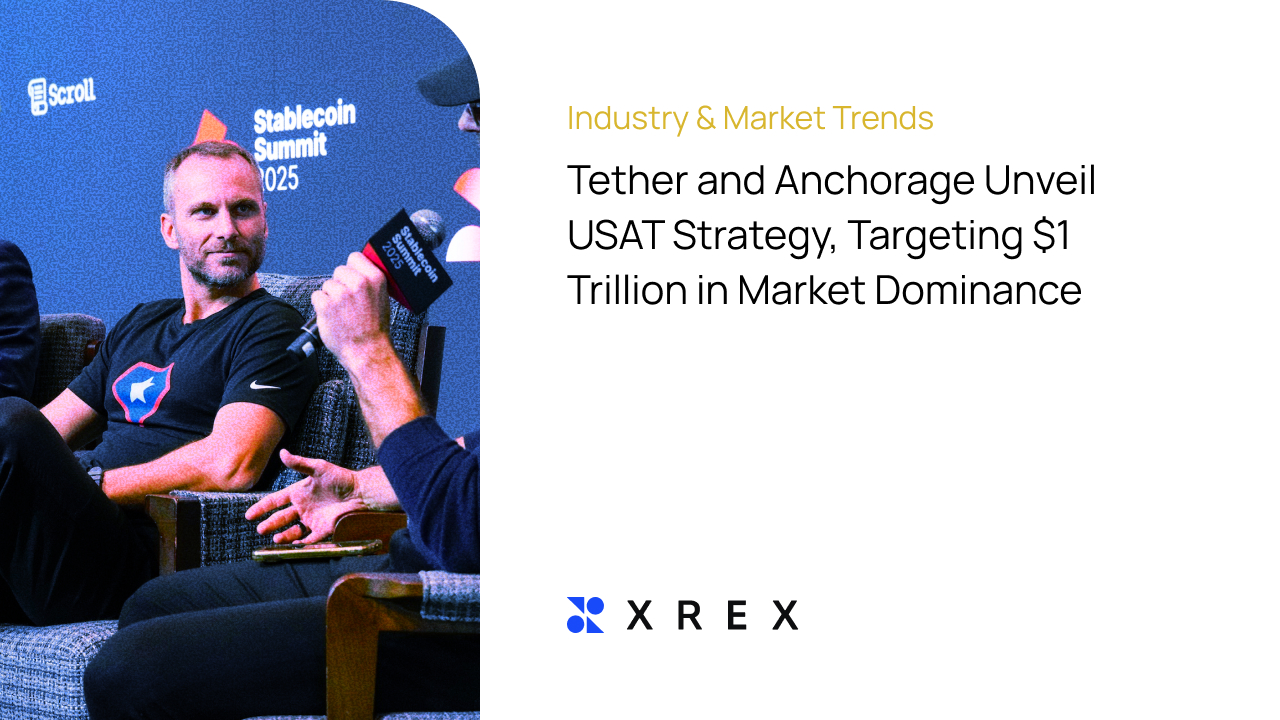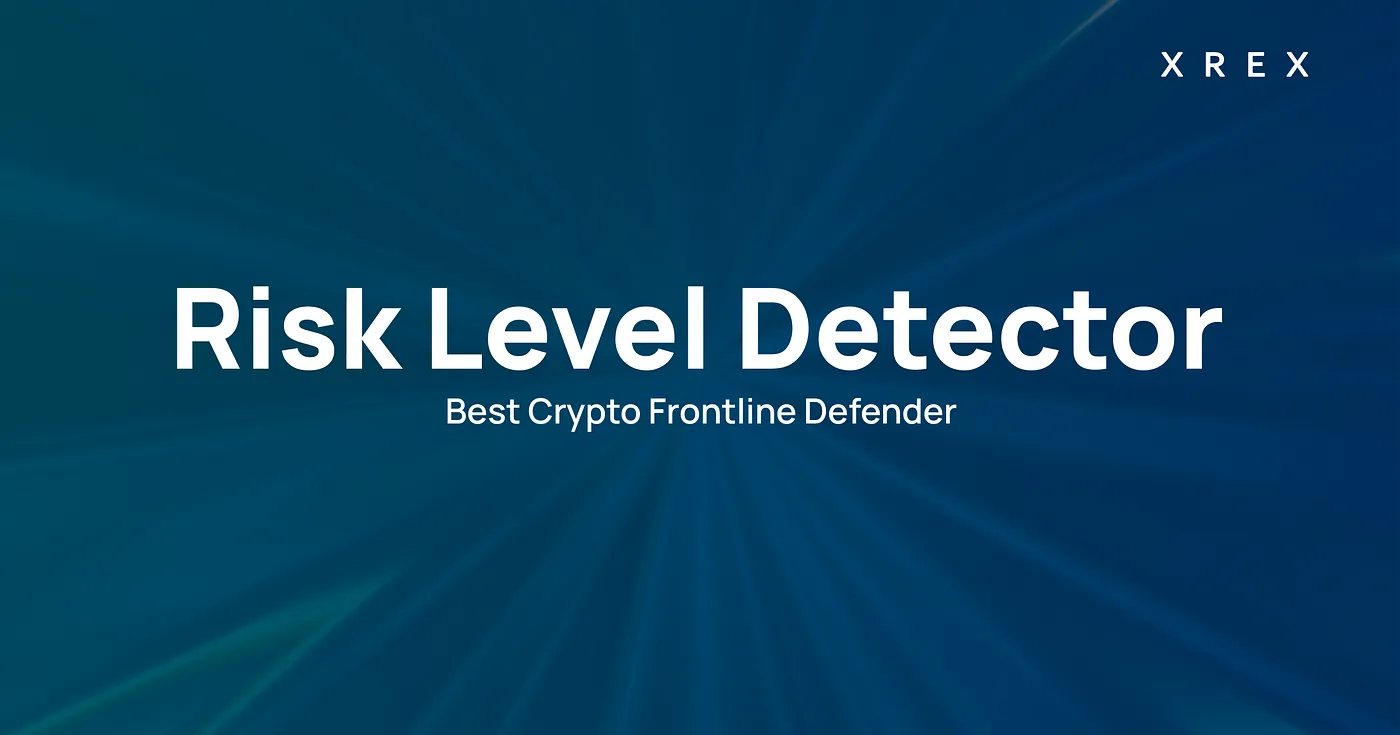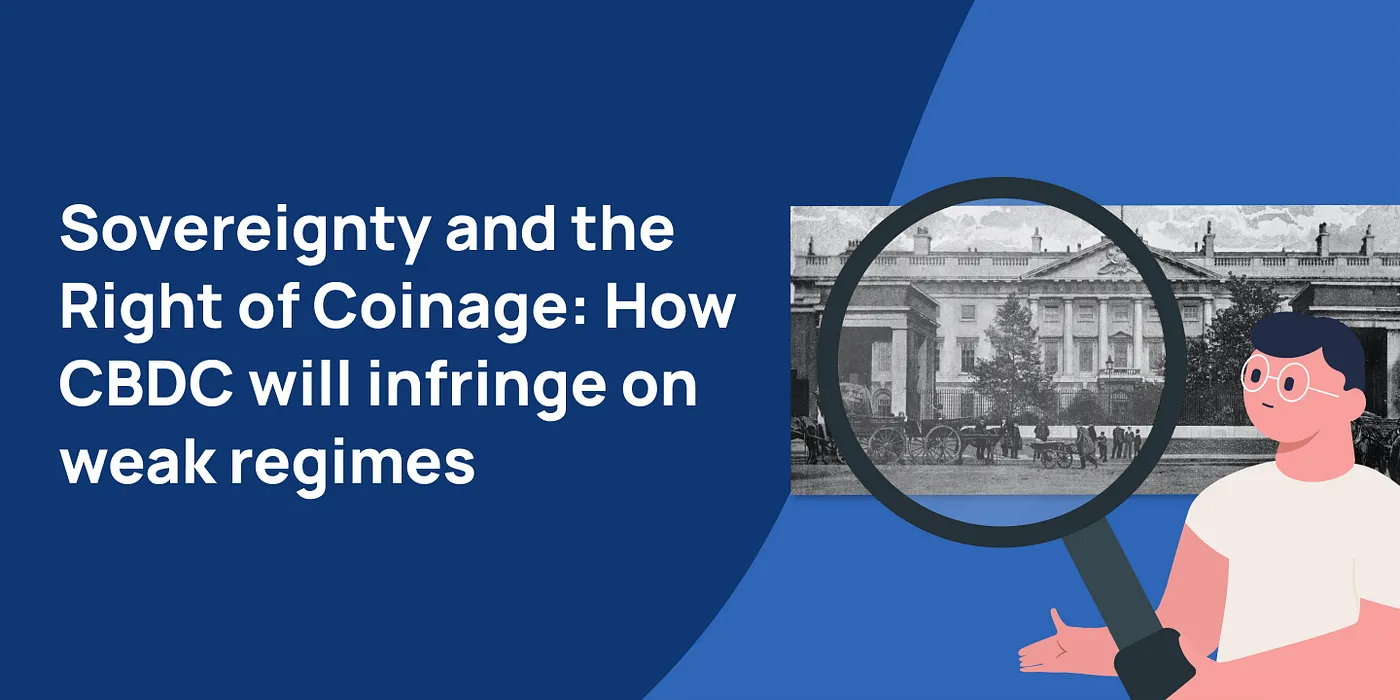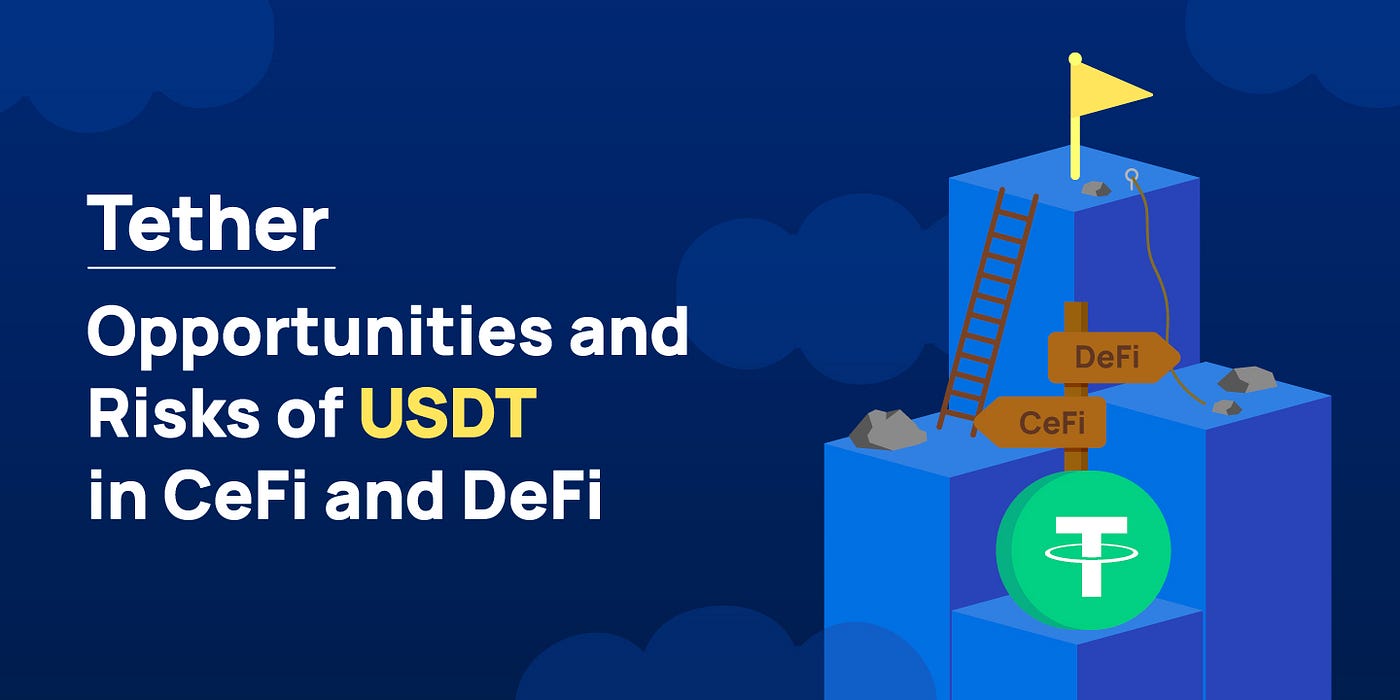
“We have 500 million wallets in emerging markets, and it’s growing at the pace of 30 million new wallets per quarter. It’s almost like a social network level of growth,” said Paolo Ardoino, CEO of the world’s largest stablecoin issuer Tether. “ Money is the ultimate form of a social network because it’s a way to connect people and transfer information and value at the same time, and through a stablecoin, you can do exactly that much better than cash.”
Ardoino shared this perspective during a fireside chat at Stablecoin Summit 2025 in Singapore, hosted by Tether’s portfolio company XREX Group. He was joined on stage by Nathan McCauley and Sergio Mello of Anchorage Digital, the first federally regulated crypto bank in the United States. The session drew significant attention as Tether and Anchorage Digital announced their collaboration on USA₮, a new U.S.-compliant stablecoin launched following the passage of the GENIUS Act in July 2025. USA₮ is designed to meet the Act’s rigorous reserve and regulatory standards.
Ardoino quipped that the ‘T’ in USAT stands for trillions, predicting that USAT’s reasonable market size will be at least $1 trillion within the next three to five years, with USDT likely reaching the same or higher value, putting Tether at a potential $2 to 3 trillion market cap.
McCauley added that beyond “trillions,” another important “T” behind USAT is transparency — the kind of transparency and trust built on algorithms rather than preferential human institutions, which he sees as the foundation for building durable new financial systems.
Below are the key takeaways in the fireside chat discussions.
The Ultimate Social Network of Money: Stablecoins and the Global Value Migration
Ardoino highlighted the difference between the US market and the rest of the world (ROW). Tether strategically focused on the “low-hanging fruit”—those outside the US who desperately need the US dollar but lack access, such as people in emerging markets like Turkey, Argentina, and Vietnam, where national currencies rapidly devalue.
USDT has become a lifeline for hundreds of millions of people in emerging markets, with Tether now seeing social network-level growth, adding about 30 million new wallets per quarter.
Ardoino pointed out that the U.S. market, with its 85–90% financial efficiency, presents a very different challenge compared to markets like Nigeria, which operate at around 20–30% efficiency. This realization inspired the development of USAT — a stablecoin designed specifically for the United States, optimizing for transaction efficiency and interbank settlement.

McCauley echoed this, admitting that his US-centric upbringing made him “somewhat naive” about the need for alternatives like Bitcoin and stablecoins in less financially efficient regions. He sees a huge opportunity in the US institutional and retail space to improve on slow settlement times and serve the underbanked, where USAT is perfectly positioned.
Ardoino shared a “sad realization” that the success of stablecoins like USDT is often a reflection of the “insuccess of entire economies”. USDT acts as a necessary “optionality” or “way out” for people in countries with failing national currencies, such as Argentina, where an estimated $300 billion in cash is sitting “under the mattress” and is expected to flow into stablecoins.
📍More to Explore:XREX Group CEO Wayne Huang: Stablecoins in the Post-GENIUS Act Era [SS25 Keynote Full Transcript]
Lessons from 2020 and the Path to 2025
Reflecting on 2020, McCauley described it as a year that underscored disparity and accelerated the rise of crypto, as people sought something they could trust amid a global pandemic and increasing distrust in traditional institutions like governments and banks.
Ardoino provided a powerful anecdote about USDT’s explosive growth from $5 billion to $60 billion market cap in 2020. The pandemic-induced shutdowns prevented families in developing countries from buying physical cash dollars on the black market.
This created a generational shift, where the youth being more digital and prone to new technology taught their parents to use USDT on their smartphones as a safer way to hold dollars.
📍More to Explore:Empowering Gig Economy and Global Labor Mobility with Instant Cross-Border Payouts: XREX Pay
The Next Five Years: AI, Connectivity, and the Bazaar
Looking ahead, McCauley highlighted optimism, the rise of AI, and the critical role of crypto in maintaining global connectivity while many nations trend toward becoming more insular.
Ardoino predicted a massive usage of stablecoins by Artificial Intelligence agents. He envisions a future where every logical AI being, such as smart fridges, cars, and even light bulbs, will need a currency to interact with the environment and other AIs. He argued that a stable, widespread, and programmable currency like USDT and USAT, with global connections, will be the likely choice over volatile Bitcoin. Stablecoins are therefore positioned to capture the value chain of the entire AI economy.
Discussing the future tech stack, Ardoino favored a “Bazaar” model over a “Cathedral” by referencing the essay The Cathedral and the Bazaar, which aligns with Tether’s open source approach. He noted that a fragmented, open system allows for greater talent and capability outside the organization to contribute, leading to more flexible and dynamic solutions.

Finally, Ardoino and McCauley both confirmed that USDT and USAT will be interoperable. Tether and Anchorage are building seamless one-to-one, fee-less swap primitives on DeFi and centralized exchanges. They are also building wallet infrastructure that will support both stablecoins, allowing users to have a single “dollar pocket” and swap atomically without a seamless user experience.
📍More to Explore:Streamlining Cross-Border Payments for Importers and Exporters: XREX Pay
Key Takeaways and Quotes
Paolo Ardoino (CEO, Tether)
- Key Takeaways:
- USDT’s primary market is outside the United States, targeting users whose local currency is devaluing and who urgently need a stable dollar asset.
- Tether’s new USAT stablecoin is specifically designed and perfected for the highly efficient use cases of the United States market, such as interbanking settlement.
- The success of USDT, which reached a $60 billion market cap by the end of 2020, was driven by the pandemic, as it provided a safe, digital alternative to the black market for dollars.
- He believes the next five years will see a “massive usage of stablecoins from artificial intelligence agents,” who will need a reliable currency to interact with the environment and each other.
- The future of the crypto stack should be an open “Bazaar” (messy, organic, and flexible) rather than a vertically integrated, monolithic “Cathedral”.
- Quotes:
- “USDT is a dollar stablecoin, and it has reached the highest demand outside the United States because in the United States, everyone already has the dollar.”
- “Money is the ultimate form of a social network because it’s a way to connect people and transfer information and value at the same time.”
- “Stablecoins will become more and more successful the more there is an insuccess of entire economies around the world.”
- “We don’t want to see it be a central bank digital currency. That’s the eggplant of stables.”
📍More to Explore:Better Liquidity and Faster Settlement for Payment Service Providers (PSPs): XREX Pay
Nathan McCauley (CEO, Anchorage Digital)
- Key Takeaways:
- USAT is positioned to solve major problems in the US market, including improving efficiency for the underbanked and reducing risk associated with slow settlement times (hours or days) for institutions.
- The market size of USAT is reasonably expected to reach at least $1 trillion in the next three to five years.
- The 2020 pandemic accelerated the rise of crypto, as people’s growing distrust in banks and government institutions drove them toward the inherent transparency and algorithmic trust of crypto.
- He is optimistic about the future of crypto’s role in maintaining global connectivity while the rest of the world is trending toward being more insular and inward-looking.
- Anchorage, as the US issuer, and Tether are building infrastructure to ensure seamless interoperability between USAT and USDT, allowing for one-to-one swaps without fees, making a single “dollar pocket” possible for users.
- Quotes:
- “I missed early Bitcoin… because I was somewhat naive from having grown up in the U.S. where, like Paolo said, the dollar basically works. The markets are basically efficient.”
- “You could have increased trust because you wouldn’t have institutions that depend necessarily on people, but crypto allows you to build institutions that are trusted based on algorithms…”
- “The good news is that the tide is changing. On a global level, more and more people are believing that crypto-based solutions can be the solution.”
- “I went ahead and asked all the popular LLMs, all the top five LLMs, what the best institutional custodian was, and I’m proud to say that they all picked Anchorage.”
🚀 If you are ready to explore stablecoin-based payouts, please contact our Business Development team for support. With MAS licensing in Singapore and investment from leading players like Tether, XREX Pay provides secure, compliant, and enterprise-grade payment infrastructure for businesses. Enable faster, cheaper, and safer gig economy payments—and unlock new opportunities for growth.
About XREX Group
XREX Group is a blockchain-enabled financial institution working with banks, regulators, and users to redefine banking together. We provide services to businesses in or dealing with emerging markets, and novice-friendly financial services to individuals worldwide.
Founded in 2018, XREX offers a full suite of services such as digital asset custody, wallet, cross-border payment, fiat-crypto conversion, cryptocurrency exchange, asset management, and fiat currency on-off ramps.
Sharing the social responsibility of financial inclusion, XREX leverages blockchain technologies to further financial participation, access, and education.
XREX Singapore operates under the Major Payments Institution (MPI) license issued by the Monetary Authority of Singapore (MAS). XREX Taiwan is a regulated VASP that completed its Compliance Declaration on Anti-Money Laundering (AML) with Taiwan’s Financial Supervisory Commission (FSC) in March 2022. It passed its AML registration with the FSC in September 2025, becoming one of nine approved VASPs.






